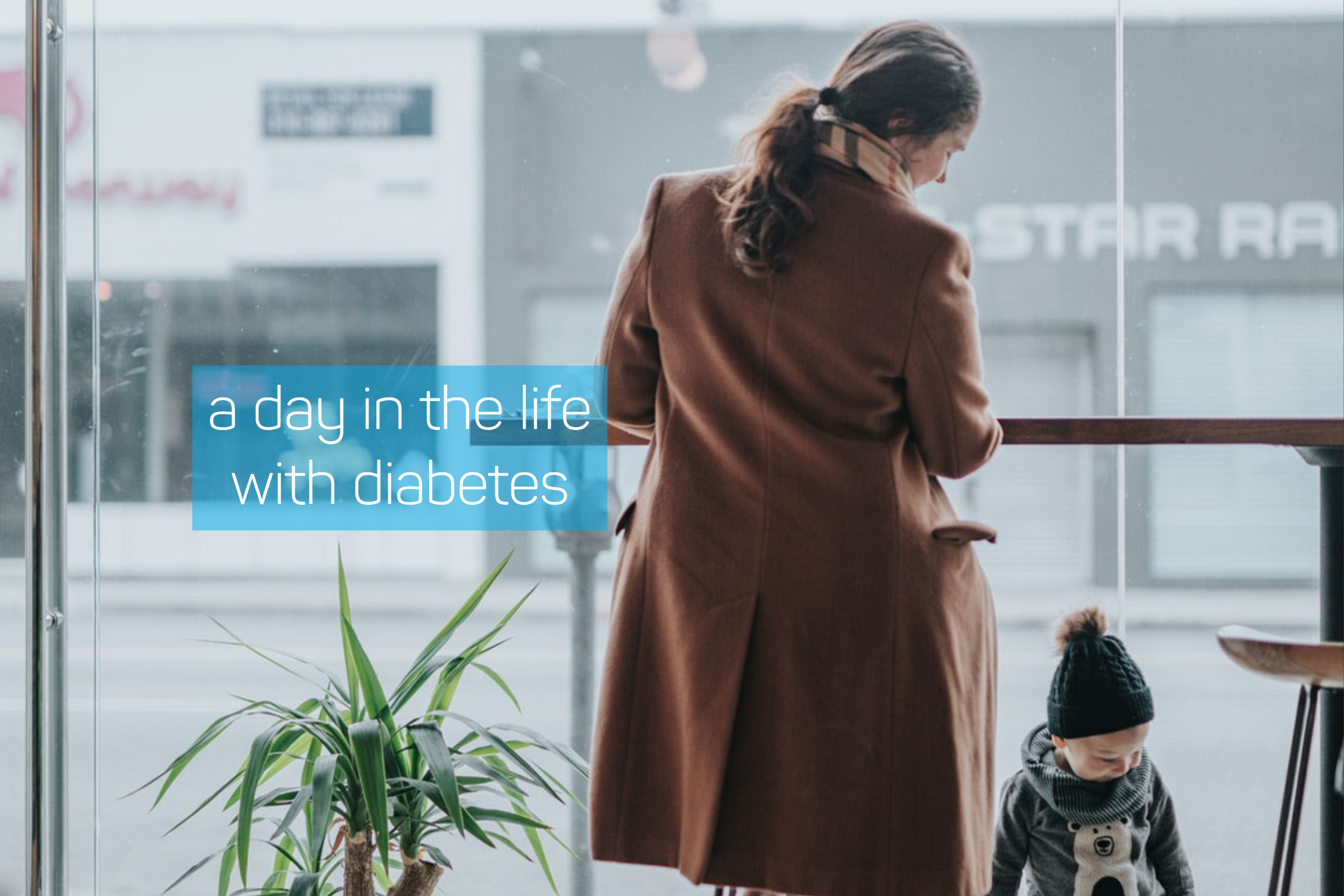Over the years, I’ve heard a few good metaphors for what it’s like to live with insulin-requiring diabetes. Dan Hurley, in his book Diabetes Rising, called diabetes “a child that you can't make stop crying.” Mark Wilson, diabetes advocate, describes having diabetes as “like driving a car that you can never leave.”
Both of these analogies point to the amount of attention that the condition requires - the constant check-ins and minor course corrections. Some of those adjustments include taking insulin, tracking our insulin dosing and glucose, counting carbohydrates, and considering how everything we eat, drink, and do may affect our glucose levels.
These factors make up just a portion of the significant cognitive burden of living with insulin-requiring diabetes each day, and it can be hard to understand for people who aren’t touched by it. So, let’s take a look at what that day-to-day routine of managing type 1 and insulin-requiring type 2 diabetes looks like for many people like myself.
Morning Routine
When I wake up, it’s likely that my first thoughts drift to my glucose - what it’s doing right now, how things went overnight, how I’m feeling. Depending on whether I rely primarily on blood glucose meter readings or sensor glucose values, I check in on my glucose, maybe even before I get out of bed. Knowing my glucose helps me consider what action to take next - whether that’s to adjust my morning activity, change when or what I eat for breakfast, or determine if I need to take any rapid-acting insulin. All before my feet hit the floor.
Before I eat breakfast (or any meal), I have to consider the amount and types of food I plan to eat, perhaps modifying my rapid-acting insulin dose based on the carbohydrate content of the food I choose. Other factors, such as whether I remembered to take my last dose of insulin, what happened the last time I ate this meal, and how I’m feeling, influence my insulin doses, too.
Off to Work
Before I leave the house, I have to consider if I’ve brought enough supplies for glucose monitoring or insulin dosing so that I’ll have what I need if things run out while I’m away from home - everything from batteries, charged devices, backup supplies, glucose testing supplies to insulin and treatment for low glucose.
Before I walk my kids to school, or if I were to choose to walk or bike to work, I need to think about how the physical activity will affect my glucose, as extra activity may cause my glucose to go lower than expected. I usually walk my kids to school with a low treatment in my pocket - always considering those just-in-case scenarios.
Since I usually drive to work, before I turn on the ignition, I check my glucose to determine if it’s at a safe level for driving, and I treat low glucose so that I’m in range before beginning my drive. Throughout my day, I try to remember to have a form of fast-acting sugar handy to treat low glucose.
Lunchtime
As lunchtime approaches, I have to consider my glucose going into lunch, what time I can expect to eat, and what I plan to eat that day, tallying up carbohydrates and adjusting my insulin dose in my head. I also have to think about any insulin I’ve taken in the last few hours and whether it may still be working to lower my glucose. And I have to do that in parallel to whatever else I’m doing in my busy workday, which means I often forget some of those steps.
If I have time for it, I enjoy an afternoon walk at the office with co-workers, but as exercise can also lower glucose, I have to think about my glucose level before I walk, how much food I’ve eaten, and how much insulin is working in my body.
Throughout my day, I have to check in on my glucose, especially on days when my activity varies from what I typically do. This constant thinking and checking and planning can be exhausting, especially when each check requires decisions, math, and possibly changes to my behavior. On top of that, I might have to take time out of my day to do inventory management of my diabetes supplies, speak with my healthcare team on the phone, stop by a pharmacy to refill a prescription, or call my health insurance company to discuss my therapy or supply needs.
Overnight
After an exhausting day, I’d love to fall into bed without giving another thought to my diabetes, but as soon as my head hits the pillow, I pop back up...as there is usually more to do. I might have to take a daily insulin dose of long-acting insulin, or I might want to make sure my glucose is holding steady before I fall asleep, or I might see that my insulin pump is low on insulin and need to refill it before I sleep.
Even then, based on whatever I ate for dinner and before bed, my nighttime insulin might not keep my glucose steady. Whether I rely on alerts from a glucose sensor, additional checks throughout the night, or if I just hope to wake from a low, my glucose levels in the night ultimately can interfere with getting rest, as well as add an additional layer of fear that could keep me from sleeping well.
Insulin-requiring diabetes requires a lot of attention to detail; I’ve often likened it to a hamster wheel in my head (with a pretty tired hamster). Between insulin, food, glucose monitoring, activity and other factors, there are dozens of extra things to do and think about all day long that my friends and colleagues without diabetes just don’t have to think about.
At Bigfoot Biomedical, we hope to relieve some of that cognitive burden by developing systems designed to streamline these processes, systems that serve as a partner in diabetes management so people with diabetes - people like me - can be free to live the lives we choose without the persistent demands of the disease.


